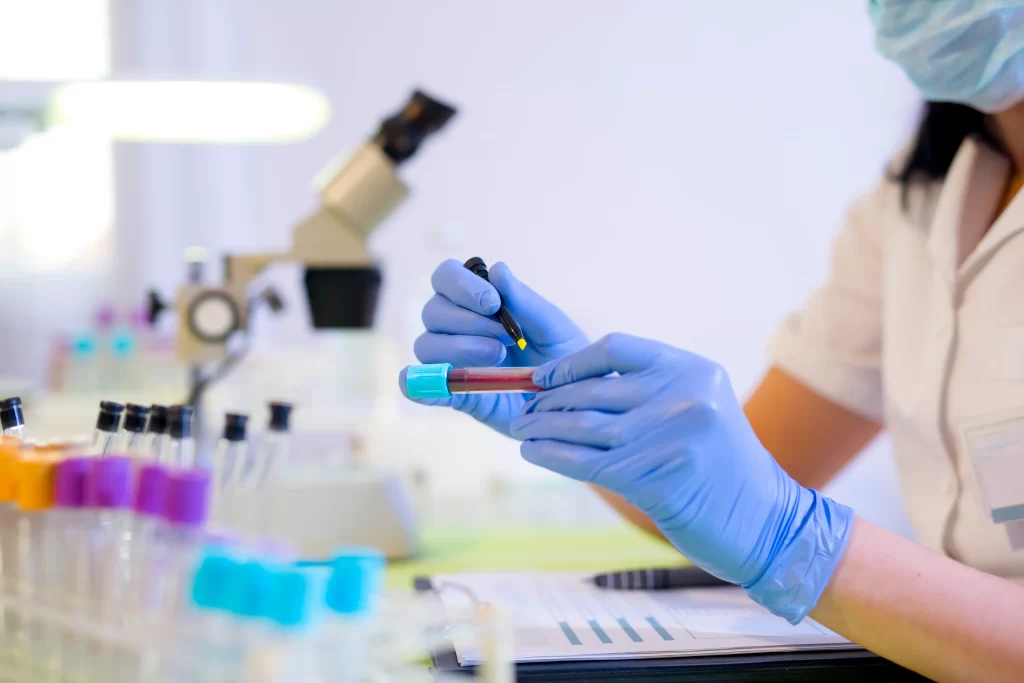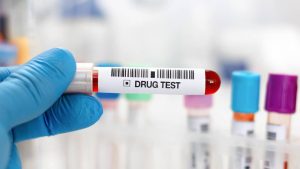What is the DOT drug testing process?

Whether we are about to board a plane, hop on a bus, or drive alongside a massive truck on the highway. We trust that the people operating these vehicles are fully alert and capable, right? But this is because the Department of Transportation (DOT) takes this responsibility seriously. They’ve established strict regulations to make sure that individuals in critical roles—like pilots, bus drivers, and truck operators—are free from any physical or mental problem that could impair their performance and jeopardize public safety.
One aspect of this protocol is to maintain a drug-free environment in various transportation sectors, including aviation, trucking, railroads, mass transit, and pipelines. These rules are designed to protect not only the employees but also everyone who relies on these essential services.
In this guide, we’ll break down the process of drug testing in DOT to help DOT employees stay compliant. Let’s get started.
Process of drug testing in DOT
1. Collection
The first step in a drug test is the collection of the specimen from the donor. This is performed by a qualified Specimen Collector using a Custody and Control Form (CCF) that accompanies the specimen throughout the testing process. The collector is responsible for filling out the CCF accurately and completely; both the collector and the specimen donor sign and date the CCF. Strict procedures must be followed to ensure the collection is compliant and accurate. The donor is afforded privacy for providing the urine specimen unless circumstances warrant direct observation procedures as required by the employer, the Medical Review Officer (MRO), or applicable federal regulations.
The Custody and Control Form is filled in seven copies. The collector will give you Copy 5 of the Custody and Control Form. On the back of your copy (and nowhere else on these forms), you can make a note to yourself of any prescription or non-prescription medicines you have used lately. This is purely for your convenience.
For drug testing in DOT, the urine specimen is subdivided and poured into 2 specimen containers (plastic bottles with caps), each bottle is labeled and sealed and placed in a clear plastic bag with a copy of the CCF. The packaged specimens are shipped to a SAMHSA-certified drug testing laboratory.
2. Lab analysis
The specimens arrive at the laboratory and are entered into the laboratory’s database using the unique specimen ID number on each bottle and the CCF. A typical lab processes thousands of specimens every day. After checking the specimen packaging and the CCF, the lab personnel open the specimen bottle and prepare the specimen for initial analysis which is done using immunoassay technology. The split specimen bottle (Bottle B) remains sealed and is kept at the laboratory for future testing that may be requested by the donor.
Specimens that test negative on the initial immunoassay analysis are reported to the MRO as negative. If the initial analysis detects drugs in the specimen, a second portion of urine is taken from the bottle and analyzed using mass spectrometry technology to confirm the presence of specific drugs or drug metabolites. Only if the specimen has tested positive on both the initial immunoassay and on the mass spectrometry confirmation analysis is it reported as a positive test to the Medical Review Officer.
In addition to analyses for drugs, each specimen undergoes specimen validity testing to determine if it is diluted, has been adulterated or substituted, or is invalid for testing. The specimen validity findings are reported to the MRO.
3. Medical Review Officer (MRO) review
Once the specimen has been analyzed and the findings certified by the laboratory personnel, the result is sent to the MRO.
In case of negative result:
The MRO team matches the CCF to the result and reports the result to the employer.
In case of positive, adulterated, substituted, or invalid result:
A Medical Review Officer contacts the donor for an interview to determine if there is a legitimate/medical reason for the non-negative result and then gives a review as follows. The non-negative review process can take anywhere from 1 to 10 days depending on donor availability/cooperation, validation of medical information, and regulatory requirements.
- If the donor has an explanation that the MRO determines to be acceptable. For the positive result, the MRO will report the test to the employer as a Negative.
- If the MRO determines there is not a medical explanation for a positive result (i.e., no valid prescription provided), then the test will be reported as
- If there is no acceptable medical explanation for an adulterated or substituted result, the MRO will report the test as Refusal to Test.
- If there is an acceptable explanation for the adulterated/substituted specimen, the MRO will report a canceled test.
- For specimens that are invalid for testing, the MRO will report a canceled test, and if there is no reasonable explanation for the specimen being invalid for testing, the MRO will order another drug test to be conducted on the individual and direct observation collection procedures must be used.
Tips for drug testing in DOT
- Once you produce a urine sample it must stay in your sight at all times until sealed in the bottles and placed in the shipping container. If an unsealed urine sample ever leaves your sight, this is a very serious breach. In such a case, the whole procedure should be done over again.
- If the collector leaves the area between the time you produce the specimen and when it is sealed in its bottle and labeled, then the test is nullified.
- The collector will check the temperature of the urine within four minutes. They have to do this without putting anything in the urine that might contaminate it.
- If a cup or other disposable container is used, the collector will pour 30 milliliters of urine into a specimen bottle. The remaining 15 milliliters of urine will go into a second bottle for a split sample. The bottles will be sealed with a tamper-proof seal.
Last words
Although the process seems daunting, there’s no need to stress about the DOT drug testing process. There are plenty of reputable DOT drug test providers in Jurupa Valley and the surrounding areas who make the whole process simple and reliable. These experts are highly certified and experienced ensuring that every test is accurate and confidential.
FAQs
1. What drugs are tested in DOT drug testing?
DOT drug tests require laboratory testing for the following five classes of drugs:
- Marijuana
- Cocaine
- Opiates – opium and codeine derivatives
- Amphetamines and methamphetamines
- Phencyclidine – PCP
2. Is DOT drug testing conducted by saliva?
According to the rule published in the Federal Register on May 2, 2023, and effective on June 1, 2023, employers are allowed to use saliva or oral fluid tests instead of urine tests to complete DOT drug testing. Previously, only five-panel urine tests were allowed.
3. How much urine is required for DOT drug testing?
A DOT drug test requires at least 45 milliliters of urine. If you cannot produce that much in one try, you may be given up to 40 ounces of fluid to drink and must remain at the collection site for up to three hours.

What Kind Of Drug Test Is Used For Dot Physical
To the commercial truck driver, the valid CDL does not entail mere miles covered on the road but more severe and stringent health and safety provisions by the FMCSA, even the most feared

Do Bus Drivers Get Drug Tested
Are you curious about whether bus drivers undergo drug testing? The safety of passengers and the general public is of utmost importance when it comes to public transportation. In this

Refuse A Random Drug Test
Drug testing stands as a routine procedure across numerous industries, especially within transportation. Occupations such as truck driving often mandate employees to undergo random

Bus Driver Drug Testing Frequency
As we navigate through the bustling streets of our cities, bus drivers play a crucial role in ensuring our safety during our daily travels. One question that often crosses our minds is “How often do bus

Drug Test School Bus Drivers
In the hustle and bustle of daily life, one aspect that often goes unnoticed is the safety of our children as they go on their daily journey to school. When it comes to making sure students are safe, it

Dot Drug Test Prices
Navigating DOT drug testing can be complex, akin to driving through fog – unclear and uncertain. Among the pivotal concerns is understanding the costs associated with DOT drug tests. Knowing

How to Handle a Failed DOT Drug Test
The disturbing message you received might be, ‘You failed the DOT drug test.’ The more you think about it, the more you ask yourself about your job, reputation, and future in this transportation

What are the Key Challenges in Performing DOT Drug Testing
The importance of DOT drug testing in transportation cannot be overstated. It is significant because it ensures safety on roads both at the worker level and for other people using

What is a DOT Drug Test
In high-stakes environments like transportation, safety is non-negotiable. DOT drug testing is critical to ensure employees performing safety-sensitive tasks are substance-free. However, how

What Happens If You Test Positive on a DOT Drug Test
The disturbing message you received might be, ‘You failed the DOT drug test.’ The more you think about it, the more you ask yourself about your job, reputation, and future in this transportation
